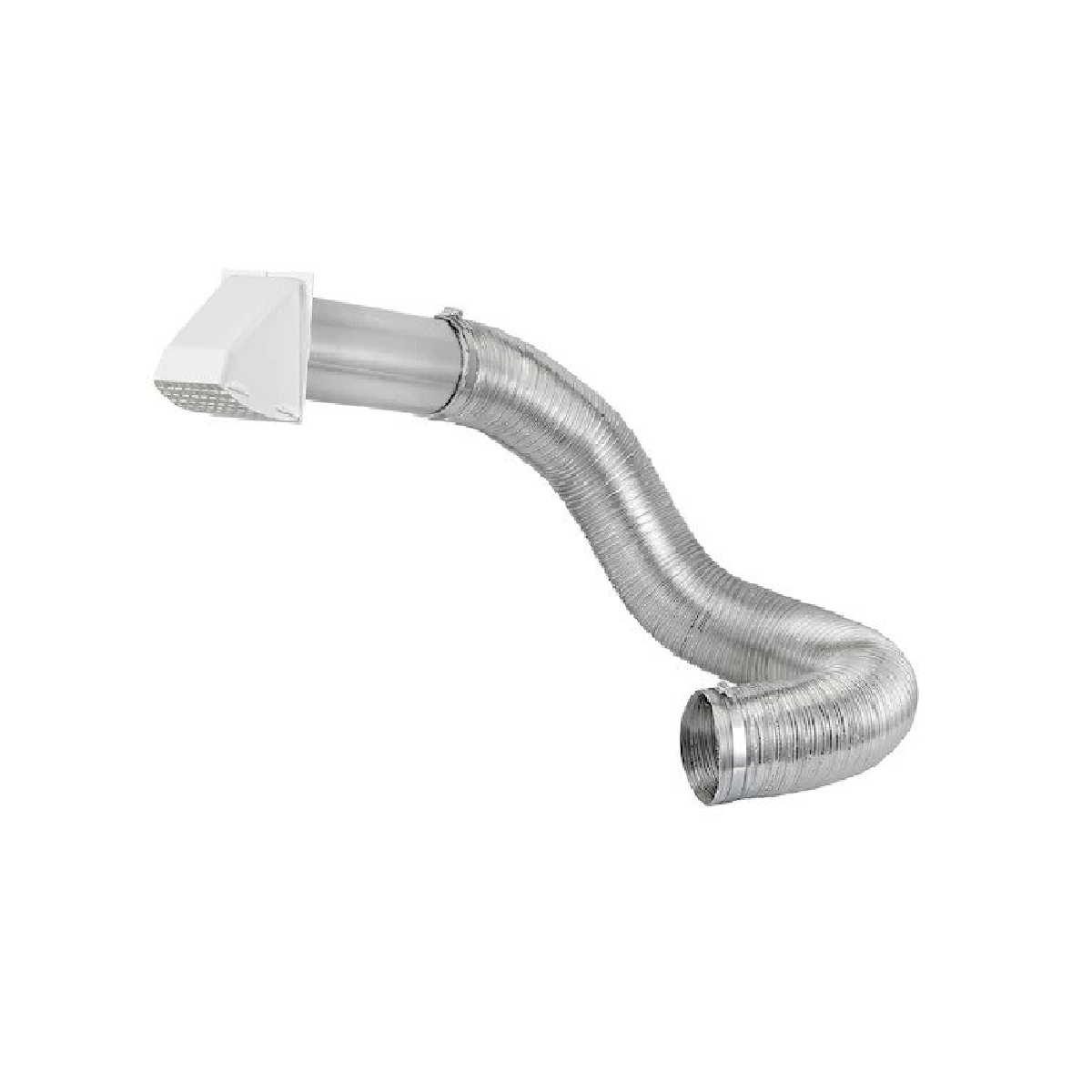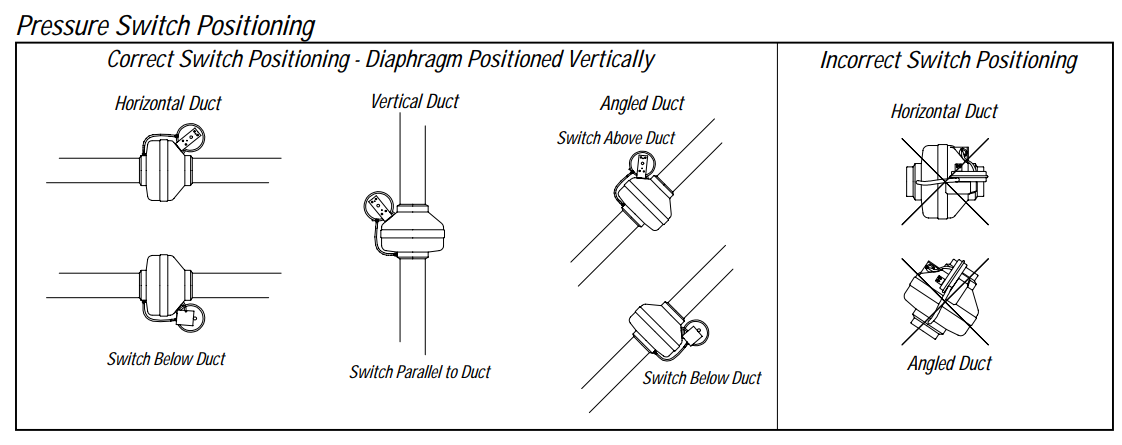As an Amazon affiliate, we earn a commision from qualifying purchases.
As far as a dryer is concerned, the shorter its vent, the better the efficiency of the dryer – a short vent results in your clothes drying much faster and it is way easier to clean than their longer counterparts.
Also- and alarmingly- long dryer vents can be huge fire hazards.
However, it is not always possible to have a short dryer vent- perhaps the layout of your laundry room won’t allow.
In this article, I will share ideas about what you can do if your dryer has a long vent to minimize the risk of your house catching fire while making sure that your dryer keeps drying perfectly.
In short, this piece will introduce you to a couple of great long dryer vent solutions that you might want to try, assuming that your dryer vent is ridiculously long.
Let’s jump in.
Long dryer vent solutions for you
Before continuing, it is only prudent of us to first mention what an acceptable dryer length is.
Here is the thing: As far as the International Residential Code® (IRC®) is concerned, the standard vent length is 25 ft.
However, you’re permitted to use longer vents where the manufacturer explicitly states so (be sure to check your dryer’s user manual to see its specific venting instructions).
Keep in mind that here, we consider a long dryer vent as one that is longer than the manufacturer’s recommendations(verify from your dryer’s owners manual what the maximum vent length is).
ALSO READ: How long can a dryer vent be?
With that out of the way, let’s now speak about the best long run dryer vent solutions for you, should you have a long vent dryer.
Solution 1: Try a dryer vent booster fan
Perhaps the easiest (and quickest fix) for a long dryer vent is installing a booster fan.
Now, as the name suggests, this fan works by simply giving an extra kick to the moist air coming from your dryer, helping expel it.
In other words, you will have additional airflow thanks to the fan, which in turn helps move moisture through(Dryers actually have a limit as to how further they will push out the air and lint).
That way, your dryer will be getting clothes dry completely and quickly.
For that reason, it can be super handy for long dryer vents or vents with many bends – remember that each bend in the vent significantly reduces its effective length.
And a good thing about it is that installation is quick and very easy.
Important Note: Booster fans are not installed at the back of the dryer. Instead, they are installed in the venting duct – preferably 15 to 20 feet away from the dryer.
Installing the fan closer than 15 feet away from the dryer may result in the fan developing enough pressure to lift wet lint into the fan’s impeller.
Speaking of installation, how do you install a booster fan?
Well, here’s how.
How to install a dryer booster fan
- Select the location you will want to install your booster fan. The location should be close to a power outlet (alternatively, you can install one) and it should have enough space for you to wiggle through as you install the fan.
- Using the provided wood screws, attach the mounting bracket to a support beam – be careful not to overtighten it.
- On your booster fan, locate an airflow direction arrow(It indicates the direction in which the air should flow out).
- Mount the fan to your house’s ducting with the airflow arrow pointing to this ducting. The fan can be installed at any angle but vertical mounting is recommended as it reduces condensation build-up in the fan.
- Attach your fan to the mounting bracket using the self-tapping screws that came with it.
- Connect your dryer vent to the fan.
- You can now connect the fan to the power supply.
Quick tips:
- When installing the booster fan, you will need to consider how you position the pressure switch. Be sure to position it as shown below:
2. It’s a nice idea to have your duct cleaned just before installation since there could be lint buildup in there and your dryer
could still have issues even after you install the fan.
Long dryer vent solutions (alternative solutions, tips and tricks)
Solution 2: Drill a new vent outlet
Let us begin with the next practical solution: drilling a new vent outlet to reroute the vent(Cutting a hole is really no big deal, neither is patching your existing one)
Bear in mind that you’re redirecting it with one key goal: to take max length out(as much as possible) of the flex.
So when drilling the new hole, be sure to do it on your wall such that it will have the shortest vent length.
Also, don’t forget that you need to get rid of any unnecessary bends(along the ducting) and install it on the straightest possible pathway to maximize airflow.
The truth is, once you remove all un-needed extra flex bends, you’ll certainly notice a significant improvement in performance (though investing in a dryer booster fan makes it even better).
To add, use your hands to ensure the exhaust duct line isn’t crushed-and stays straight(with smooth bends).
Quick Tip: If you have walls on both sides(of the dryer), use a flashlight to light up the duct line as you push dryer back- Also, use a broomstick(to position it) to be sure it becomes as straight(as possible).
And while at it, you may also consider installing rigid aluminum vent instead of semi ridged hose(flexible plastic vents are, in general, worse).
Remember metal ductwork tends to provide superior airflow, besides being more durable.
Note: This depends on the location and design of your laundry room. If your room is surrounded by other rooms, this might not solve your problem and you might want to check the other solutions below.
Solution 3: Move your dryer closer to vent
Another sensible thing to do is moving your dryer closer to the vent outlet on your wall.
Now, if you own an electric dryer and the location of plug is not anywhere near where your dryer is, you can purchase a heavy-duty dryer extension cord– You can get one that is up to 25 ft long.
By doing so, you will again be reducing the overall length of your dryer vent.
Alternatively, if space allows it, you can move your dryer altogether into a new room that would allow for a shorter vent installation.
Long dryer vent solutions – final words
Long vents typically get a lot of lint resulting in clogging issues (and becoming a fire hazard) frequently.
The good news is that there are several workarounds to long dryer vents….
From installing a booster fan to changing the location of the vent (or dryer), you need to see what will work for you.
Ultimately, the best solution (and you may want to try all) will depend on the layout of your house and how much you are willing to spend.
Indeed, if you do not feel confident enough to continue with your current set up, you could switch to a ventless dryer (If and when your budget allows)
ALSO READ:
How to clean a long dryer vent [Instructions]
How to check dryer vent for lint issues
How to tell if dryer vent is clogged
Gas dryer venting requirements according to code
What happens if dryer vent is not connected?



